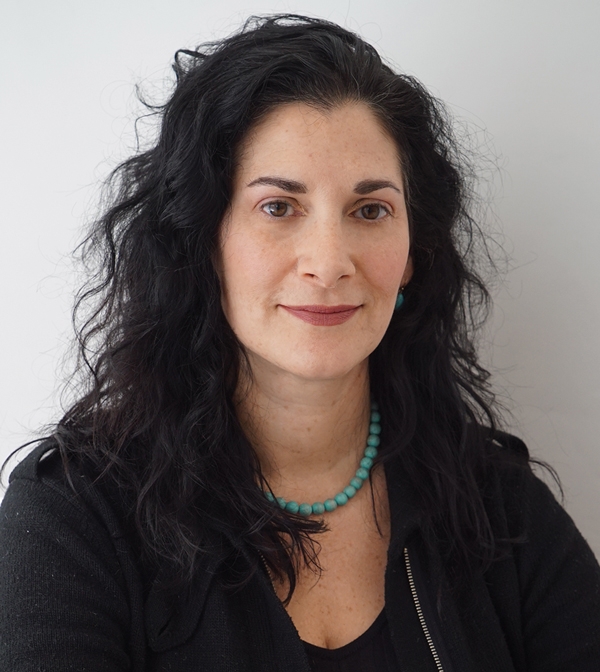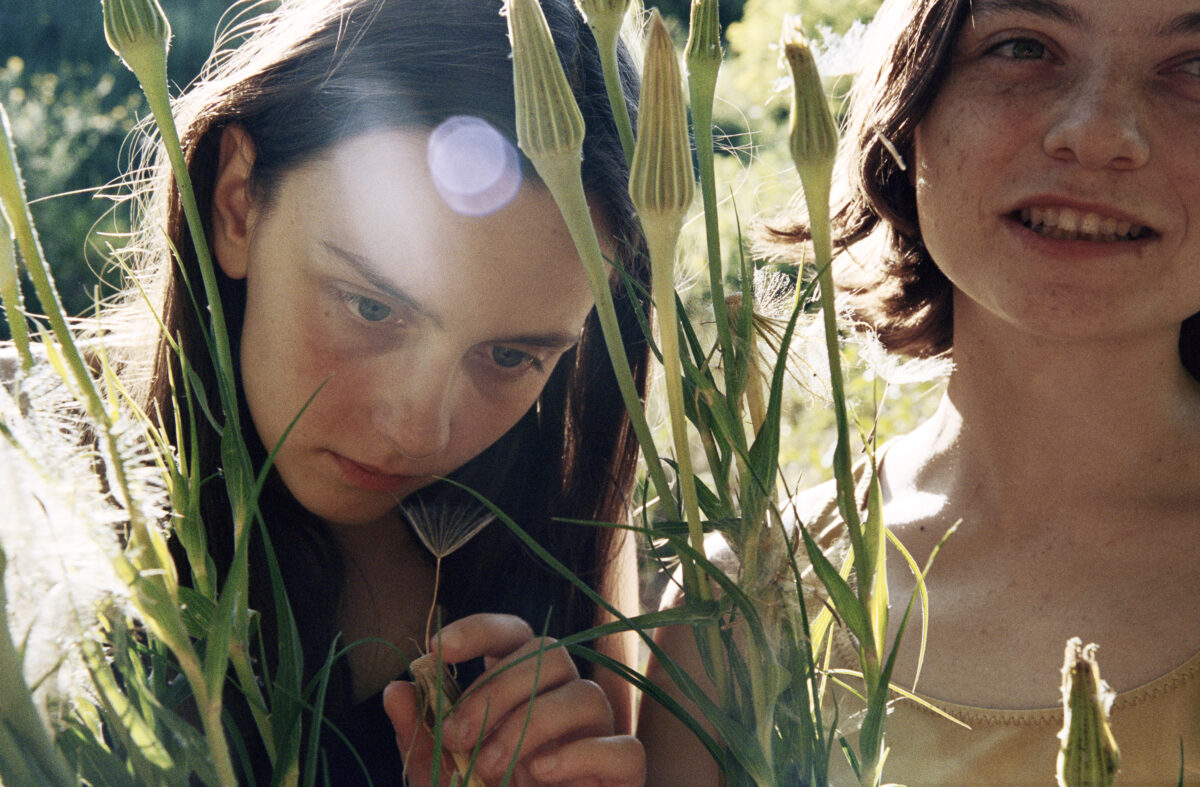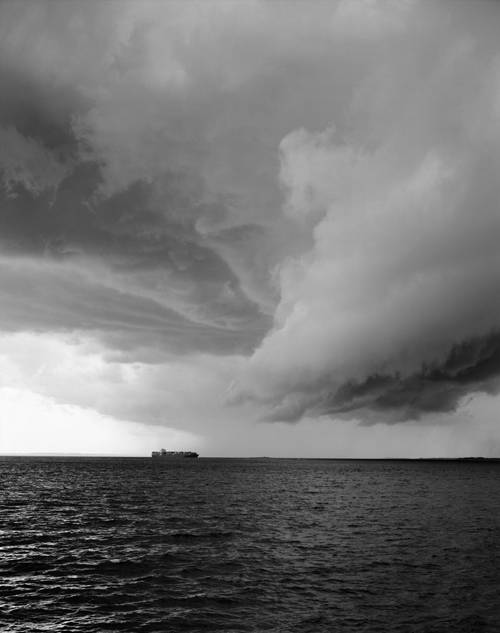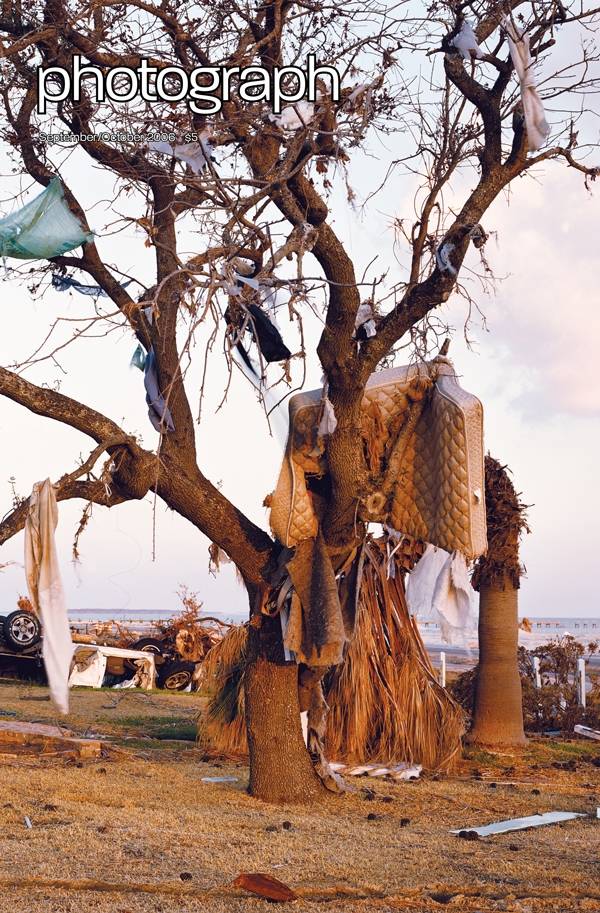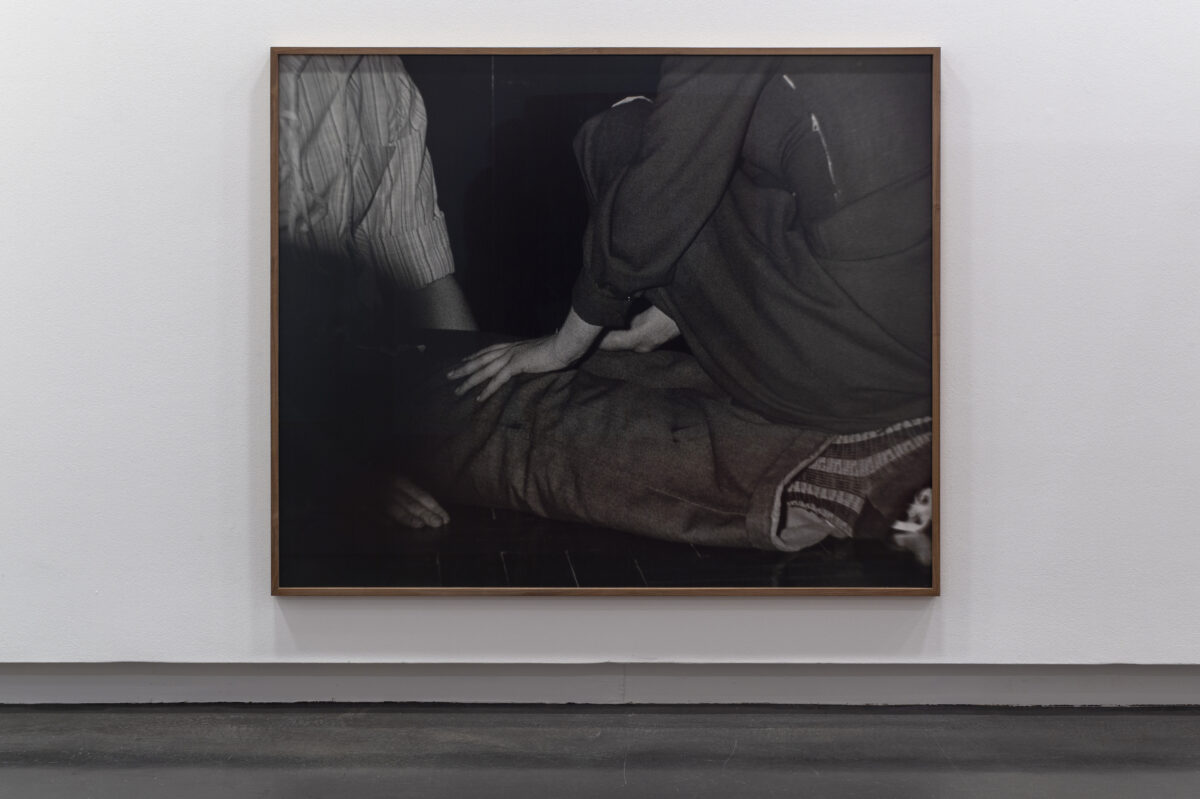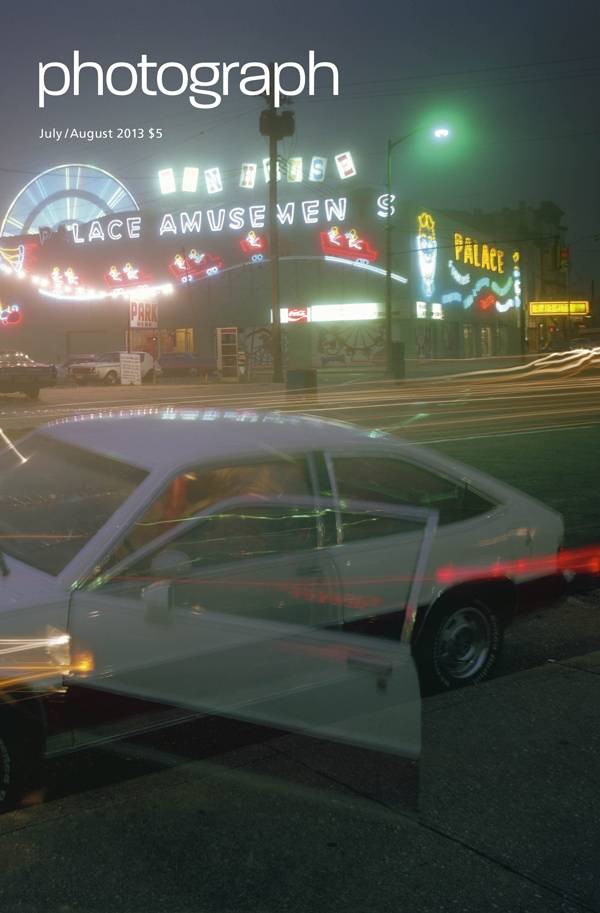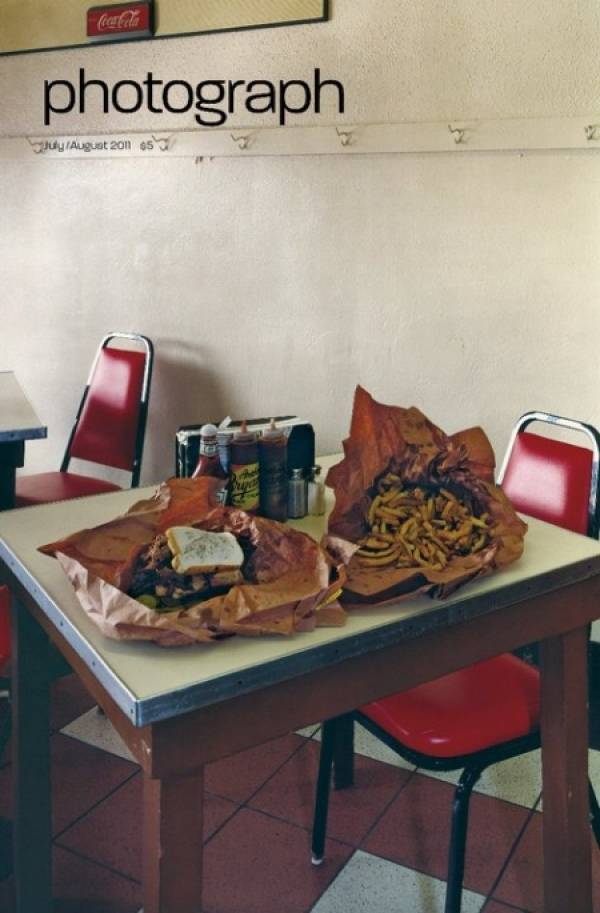Is there a big conceptual gap between 19th- and 21st-century photographic material? Not when you hold degrees in archaeology, Near Eastern, and museum studies and have a second sense for contextualizing the seemingly esoteric. Esa Epstein fits that bill. Before opening sepiaEYE in Chelsea last year, her gallery specializing in contemporary photography from the South- and Near East, she had spent some 14 years running SEPIA International, the modern- and contemporary-photography concern of noted collector Ebrahim Alkazi. She also managed his significant holdings in 19th-century Indian photography, which she helped shepherd from a collection of 30,000 to 90,000.
Cataloguing, archiving, acquiring, and preserving the past all come naturally to the scholarship-minded Epstein, but so does a love of the contemporary. “I’ve worked in museums and with historical material, but we have to think about how this work can come alive and be relevant for a present audience. It’s living stuff, photographs,” she says. “They teach us about the world we are looking at, no matter the artist’s date of birth, or what country they are from.”
Dark haired, with fair skin and a ready smile, Epstein radiates a mixture of enthusiasm and patience. Her father, a judge, and her mother, a dietician, brought her up in Seattle’s Mercer Island, and she majored in history and archeological studies at the University of Washington. Upon graduation, she went to work at the Wing Luke Museum in Seattle’s Chinatown.
In 1993 Epstein came to New York to get her masters in Near Eastern studies and museology from NYU. Alkazi was setting up a nonprofit on Fifth Avenue called the Center for International Contemporary Art. Epstein met him while in grad school and began what would become a 20-year working relationship, first as research assistant at the center, and later, its director. When CICA closed its doors in 1995, Epstein briefly worked as director of development for Aperture before Alkazi presented her with a dream project: his new 19th-century photographic collection, which would have locations in New York, London, and New Delhi. He opened a research center, the Alkazi Collection, in Chelsea in 1998, along with a commercial concern called SEPIA International. Five years ago, Alkazi closed the New York and London branches, but Epstein carried over the stable of artists she had built into a new commercial gallery, sepiaEYE.
She has broadened her already strong base of Asian artists (like Sookang Kim, who uses a 12-layer gum bichromate process to give her personal objects – a garter belt, a handkerchief – a timeless quality) to include non-Asian artists like Italian-born Beatrice Pediconi, who makes abstract imagery by dropping one colored liquid or material into water and seeing what sorts of convergences occur. Epstein keeps a palm-sized catalogue from Pediconi’s solo show at Rome’s Collezione Maramotti wrapped in tissue paper, tied with a piece of jute. Fanning out the reproductions, one can see the progression of the liquid imagery from individual droplets to cosmos-like constellations. “You can spend a lot of time with these small things,” Epstein says, smiling.

